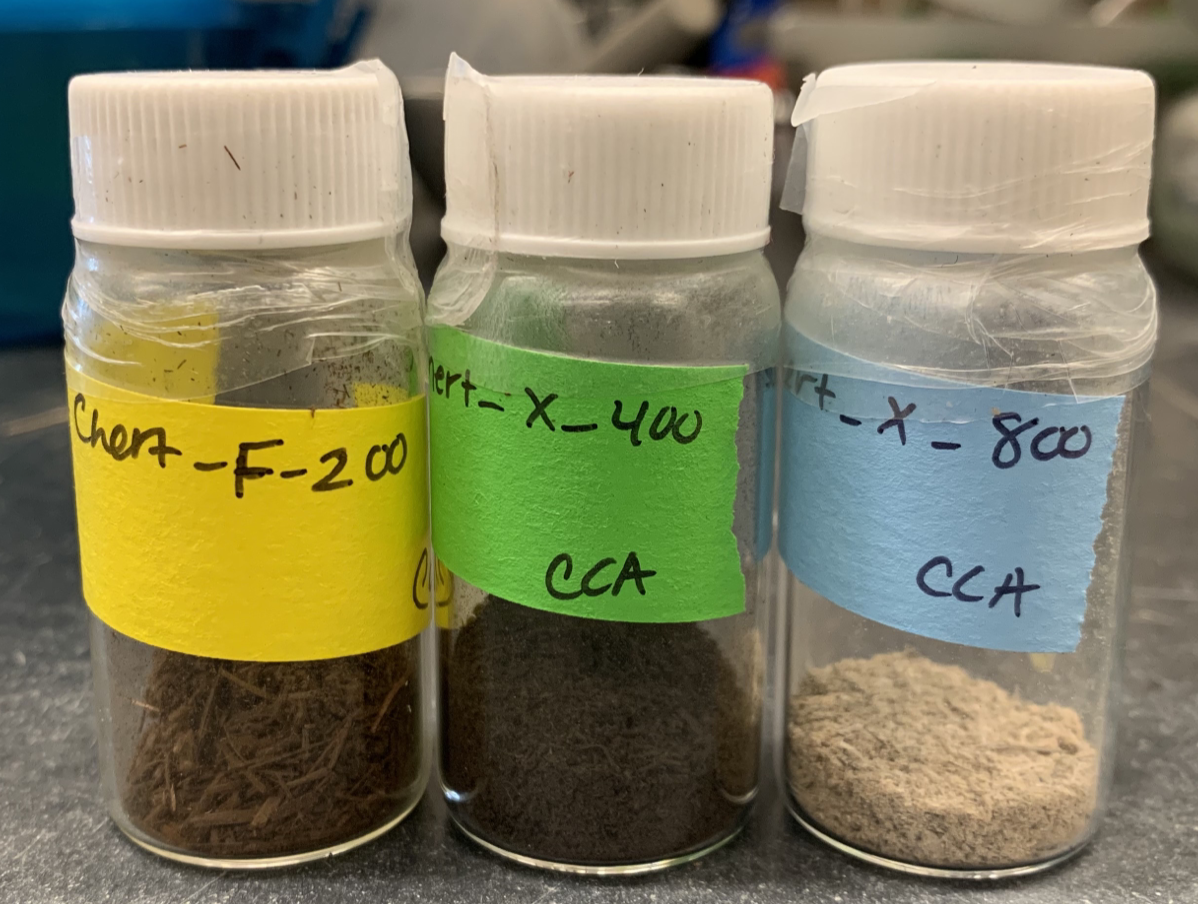Principal Investigator @ USD
Soil biogeochemistry research at the University of San Diego
More coming soon!
Graduate Research @ UC Riverside
Soil carbon dynamics in semi-arid furrow irrigated orchards
WATER SAVING— A NECESSARY ADOPTION IN CA AGRICULTURE
Semi-arid landscapes, like the one in Riverside, can be very harsh for agriculture without vast engineering strategies to deliver water. In Riverside, this water delivery began in the 1880’s through the construction of the Gage Canal. The Gage canal delivers water regularly to the orchards of this region, most of which are gravity watered using furrow irrigation. This method is easy to maintain and low cost which is largely the reason it is still the predominant irrigation strategy of the greenbelt, however, not very efficient in terms of water use.
THE TRANSITION— WHAT ARE THE CONSEQUENCES OF USING LESS WATER?
California is home to a large agricultural industry and even more often—home to frequent and intense droughts. These worsening conditions in water resources have influenced many farmers of all types of cropping systems in California to switch to more precise irrigation methods. Additionally, many governing agencies are encouraging water saving technologies to be implemented, as much of the water that is delivered to and throughout CA is used as irrigation. But, what is often not taken into account when driving policy to reduce water usage, is the effects that this will have on soil carbon dynamics. How carbon is maintained or released in soils is heavily dependent on soil moisture conditions.
[Image: The Greenbelt of Riverside, CA]. Before becoming a University, Riverside was home to the UC Citrus Experiment Station. The post-colonial landscape of Riverside was predominantly citrus growing epicenter after the successful introduction of Washington navel orange varieties from Brazil, which grow really well in sandy, well drained soils and the warm climate of Riverside. To this day, this variety is still grown in the region and much of my work is investigating the methods of irrigating these orange orchards.
The extreme soil moisture conditions in a furrow irrigated orchard. The irrigation method and location of water delivery control what is accessible to microbial communities.
This site lies on Cahuilla, Kizh, Payomkawichum(Luiseño) and Tongva land. Stewards of this land rely on the native, drought-tolerant organisms that were once plentiful in the region. The introduction of large, water-reliant trees to this region has reshaped the landscape and has brought on many environmental problems that include water shortages, invasive species, and frequent and intense fires.
Postdoctoral Research @ Stanford
Wildfire generated toxins and ecosystem recovery
Plant samples burned at different temperatures.
Elevated temperatures coupled with extended drought resulting from climate change have increased wildfire risks across California. Thirteen of the twenty most destructive wildfires on record have occurred within the past five years and are expected to increase in frequency and intensity. In addition to acute localized fire hazards, degraded air quality from smoke and dust impose disseminated and prolonged health risks. One large component of wildfire smoke and dust is derived from combustion of plant material; however, ash compositional differences and their associated exposure risks based on vegetation type and fire severity are poorly understood. Plant ash can contain concentrated toxic metals that originate from soils. When inhaled as smoke or dust, they can bring about harmful health effects. Additionally, the plant ash and thermally transformed surface soils represent the growth media for rebounding microbial communities. The physical-chemical alterations of plants and soils post-fire can affect bacterial and fungal community composition, which is important for ecological recovery initiatives. For example, heat generated by wildfires can alter soil properties that negatively impact the fungi and bacteria. These microorganisms can assist nutrient cycling and other ecosystem recovery functions. Here we have two proposed projects where we ask
How does varying fire severity and vegetation type affect ash toxicity? and
How does post-wildfire soil and ash influence microbial communities that serve as the basis for ecosystem recovery?
INVESTIGACIÓN POSTDOCTORAL EN STANFORD
TOXINAS GENERADAS POR INCENDIOS FORESTALES Y RECUPERACIÓN DE ECOSISTEMAS
Las temperaturas elevadas, junto con la prolongada sequía resultante del cambio climático, han aumentado el riesgo de incendios forestales en todo California. De los veinte incendios forestales más destructivos de los que se tiene constancia, trece se han producido en los últimos cinco años y se prevé que su frecuencia e intensidad aumenten. Además de los graves riesgos de incendio localizados, la degradación de la calidad del aire por el humo y el polvo imponen riesgos de salud diseminados y prolongados. Uno de los principales componentes del humo y el polvo de los incendios forestales procede de la combustión de material vegetal; sin embargo, no se conocen bien las diferencias en la composición de las cenizas y los riesgos de exposición asociados en función del tipo de vegetación y la gravedad del incendio. Las cenizas vegetales pueden contener metales tóxicos concentrados que se originan en los suelos. Cuando se inhalan en forma de humo o polvo, pueden provocar efectos nocivos para la salud. Además, las cenizas vegetales y los suelos superficiales transformados térmicamente representan el medio de crecimiento de las comunidades microbianas que se recuperan. Las alteraciones físico-químicas de las plantas y los suelos tras el incendio pueden afectar a la composición de las comunidades bacterianas y fúngicas, lo que es importante para las iniciativas de recuperación ecológica. Por ejemplo, el calor generado por los incendios forestales puede alterar las propiedades del suelo y afectar negativamente a los hongos y bacterias. Estos microorganismos pueden contribuir al ciclo de los nutrientes y a otras funciones de recuperación del ecosistema. Aquí tenemos dos proyectos propuestos en los que nos preguntamos (1) ¿cómo afecta la gravedad del incendio y el tipo de vegetación a la toxicidad de las cenizas? y (2) ¿cómo influyen el suelo y las cenizas tras el incendio forestal en las comunidades microbianas que sirven de base para la recuperación del ecosistema?




